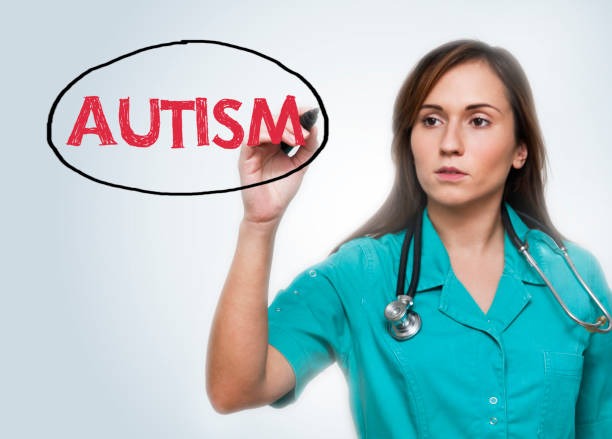Trauma shows up in all kinds of people and manifests in all kinds of ways.
Autistic people, in particular, can experience trauma in unique ways. Being aware of some of the less common signs of trauma in autistic individuals can increase empathy and provide important context in personal relationships.
Most people know about sensory over- or under-sensitivities: growing upset in loud rooms or overwhelming crowds. Changes in attention or concentration may also indicate that a person is battling some trauma. However, there are rarer symptoms that it’s also important to be aware of.
Somatization Symptom Disorder
When someone suffers from somatization symptom disorder (SSD), they experience a series of physical symptoms that can’t be linked to any medical condition; instead, they may be “somatizing” their stress in their body, then hyperfocusing on each symptom or potential illness. This disorder is most often linked to childhood abuse, excessive anxiety, or poor emotional development and can affect some autistic individuals.
Symptoms can include any of the following:
- Weakness or fatigue
- Headaches
- Pain in the legs, back, shoulders, or neck
- Abdomen pain
- Shortness of breath
- Menstrual problems
- Vomiting or nausea
- Sexual dysfunction
- Palpitations or dizziness
Remember that the autistic individual is actually experiencing these things, regardless of their cause. For example, if you have an autistic child who frequently complains of stomachaches, they may be suffering from SSD and it’s important to listen to and address their description of symptoms.
Hyperarousal
Hyperarousal is a particularly difficult sign of autistic trauma that can get in the way of personal relationships. Therefore, finding out if they’re suffering from hyperarousal–and ensuring they’re aware of it–is a good way to beat the stigma.
People with hyperarousal tend to get startled frequently, which leaves their heart racing. More concerning, though, is the fact that they’re generally quick to anger, have high levels of anxiety, and also have difficulty sleeping.
If you know an autistic person with hyperarousal, it’s wise to make some noise before entering their room, particularly if you know that their back will be turned to you. Plus, it allows them plenty of space to work on their emotional regulation issues.
Fawning
Fawning is a trauma response that causes individuals to look for a people-pleasing solution to any potential issue.
For instance, let’s say that an autistic person is exhausted, but someone they know wants them to go out anyway. Rather than protecting themselves, they’ll agree to go out.
It can also cause them to greet criticism with compliments and be overly friendly to those who mean them harm.
Dissociation
Dissociation has become a buzzword lately, but suffering from it long-term can cause serious issues.
While most people think of dissociation as getting lost in a book or daydreaming, it is a more permanent disconnection from their sense of identity. This is usually adopted unconsciously as a way to deal with highly traumatic events. Symptoms include:
- Having multiple identities
- Having little or no physical pain
- Feeling disconnected from the world around you
- Feeling disconnected from your body
- Using more than one voice
- Not having a sense of who they are
- Using different names
As you can see, trauma responses can vary widely. Giving autistic people support is one of the best ways for them to improve, though.
If you’re unsure, look into autism assessments like the ADOS-2 Autism Diagnostic Observation Schedule Second Edition or the ADI-R Autism Diagnostic Interview.


